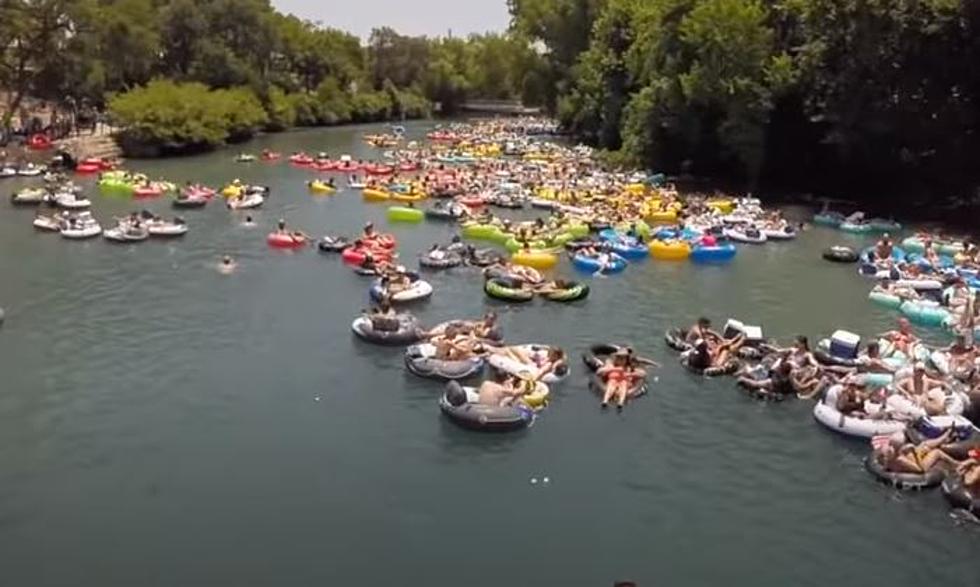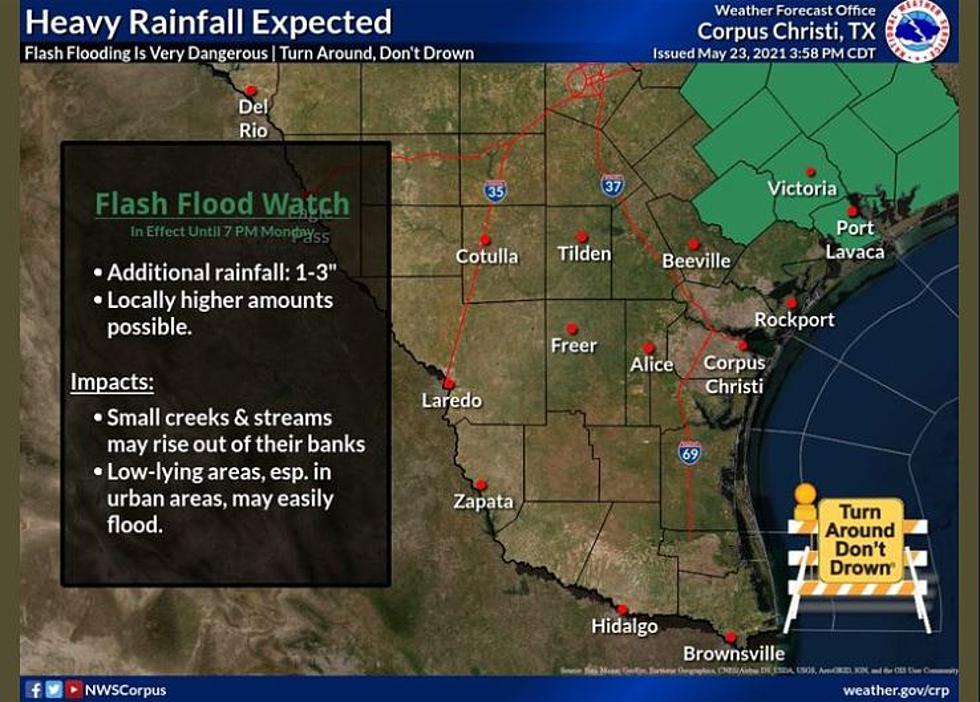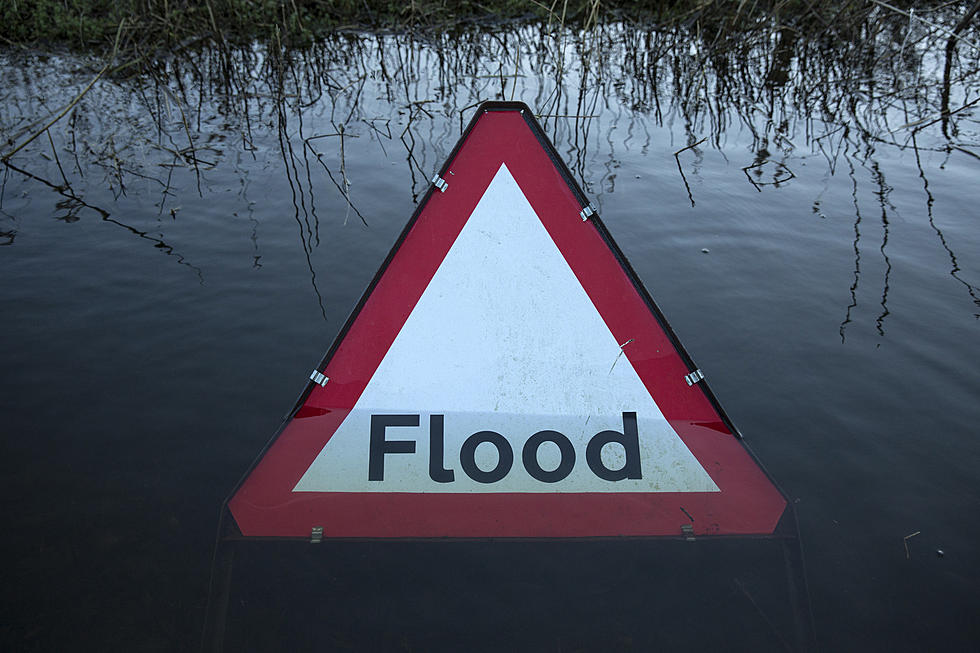
Victoria Residents Can Use This Tool to Assess Flood Damage
Between the Tuesday night downpours and the soaking rains of Wednesday, the Crossroads sure has a soggy feeling heading into the weekend. The National Weather Service called for a total of 6 to 8 inches of rain possible in Victoria county and it seems like we got every bit of that and then some. So what next?
Reporting Flood Damage to the Office of Emergency Management
Any resident of Victoria County that has damage to report as a result of flooding on Tuesday and Wednesday is asked to fill out an Individual Damage Assessment Tool survey that can be found by clicking the button below. City of Victoria residents also have the option of reaching out to Public Works at 361-485-5770.
The Office of Emergency Management will use this data to help emergency response teams understand which areas of the county have been impacted the most.
Watching the Guadalupe River
A River Flood Warning continues for the Guadalupe River at Victoria until further notice. It still might take a couple of days for all that rain to make its way downstream. According to the NWS the river was at 18.7 feet on Thursday morning. The flood stage is 21 feet. The river is expected to crest at near 27.5 feet by Saturday morning.
Victorian's know that when the river gets near 27 feet we see it back up onto the golf course and the duck pond. The NWS reports water is moving between the gate at Grovers Bend and McCright Drive. Water can also be seen backing up in the ditch along Memorial Drive near the volleyball courts.

More Rain for the Weekend
Keep that umbrella nearby for the weekend, friends. Showers and thunderstorms are expected to be back in the forecast for Friday morning and become widespread by tomorrow afternoon. Scattered showers and storms will continue Friday evening into Saturday.
TIPS: Here's how you can prepare for power outages
LOOK: The most expensive weather and climate disasters in recent decades
KEEP READING: What to do after a tornado strikes
More From KLUB Tejano 106.9









